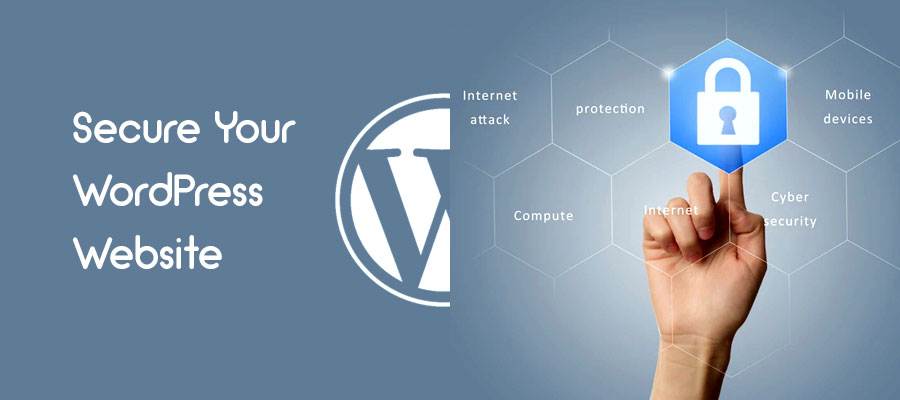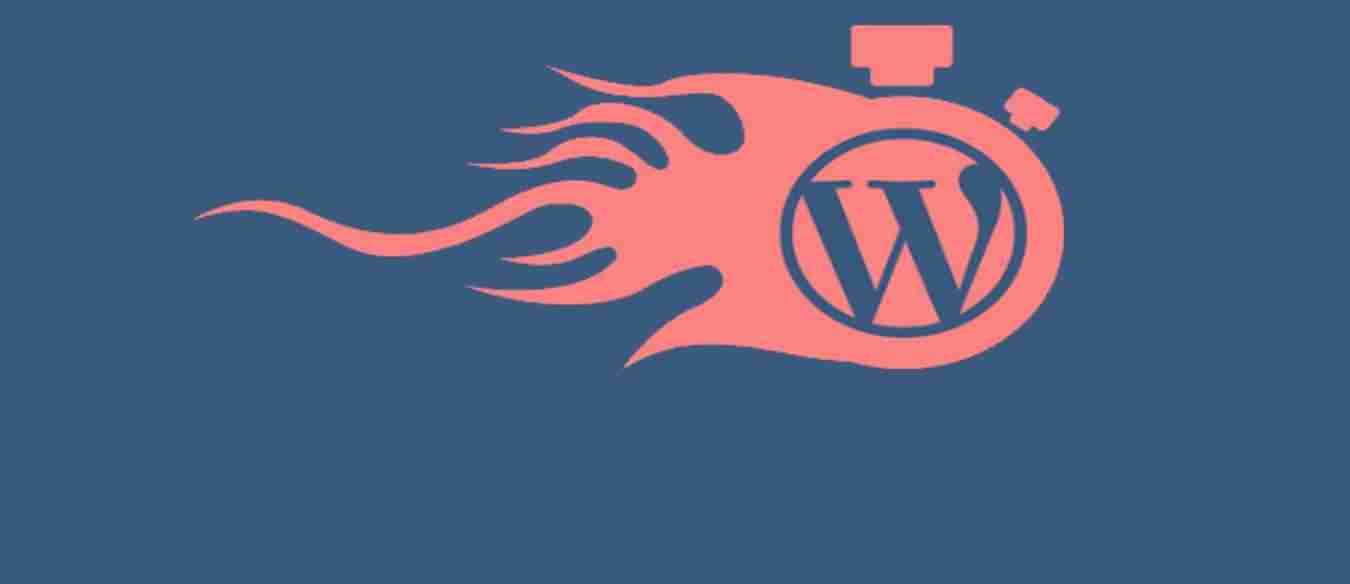
Introduction
WordPress Security: WordPress is the most widely used content management system (CMS) in the world, powering over 40% of websites. While its flexibility, ease of use, and vast plugin ecosystem make it a favorite choice, it also makes WordPress a prime target for hackers. Cybercriminals attempt brute force attacks, malware injections, data breaches, and phishing scams to exploit vulnerabilities.
Without the right security measures, your website could face downtime, loss of customer trust, data theft, or even total site control takeover. Fortunately, proactive security measures can help safeguard your website from cyber threats. In this guide, we will cover the essential WordPress security tips to protect your website, data, and visitors.
1. Secure Your WordPress Login
A. Use Strong, Unique Passwords
✅ Avoid using predictable passwords like “admin123” or “password”. ✅ Use a long, complex password with a mix of letters, numbers, and symbols. ✅ Consider using a password manager like LastPass or 1Password to generate and store passwords.
B. Change the Default Username
✅ The default WordPress username is often “admin”, making it an easy target. ✅ Change it to a unique name that is hard to guess. ✅ If you already have an admin account named “admin,” create a new user and delete the old one.
C. Enable Two-Factor Authentication (2FA)
✅ Even if hackers steal your password, 2FA prevents unauthorized logins. ✅ Use plugins like Google Authenticator, Wordfence Login Security, or Authy to enable 2FA. ✅ 2FA adds an extra layer of security by requiring a verification code from your mobile device.
D. Limit Login Attempts
✅ Prevent brute force attacks by limiting failed login attempts. ✅ Install plugins like Limit Login Attempts Reloaded or WP Cerber Security. ✅ After multiple failed logins, temporarily block IP addresses from trying again.
E. Change Your Login URL
✅ WordPress default login pages (/wp-login.php or /wp-admin) are well known to hackers. ✅ Use plugins like WPS Hide Login to customize the login URL. ✅ This prevents bots from repeatedly attacking the default login page.
2. Keep WordPress, Themes, and Plugins Updated
A. Why Updates Are Crucial
✅ Developers release updates to fix security vulnerabilities. ✅ Running outdated software makes your website vulnerable to exploits. ✅ Many hacking attempts target known vulnerabilities in older versions.
B. How to Enable Auto-Updates
✅ Go to Dashboard > Updates and enable automatic updates. ✅ Use plugins like Easy Updates Manager to configure update settings. ✅ If using premium themes/plugins, make sure they are licensed and supported.
C. Remove Unused Themes & Plugins
✅ Deactivate and delete any plugins or themes you no longer use. ✅ Every installed plugin is a potential entry point for hackers. ✅ Choose lightweight and well-maintained plugins for better security.
3. Install a Security Plugin
A. Best WordPress Security Plugins
✅ Wordfence Security – Firewall, malware scanning, and login protection. ✅ Sucuri Security – Cloud-based firewall and real-time monitoring. ✅ iThemes Security – Two-factor authentication, file integrity monitoring, and brute force protection. ✅ All-In-One WP Security & Firewall – User-friendly firewall and login lockdown features. ✅ MalCare Security – AI-powered malware detection and one-click cleanup.
B. What a Security Plugin Does
✅ Scans your website for [SEO](https://seo-webdevelopment.hashnode.dev/wordpress-hacks-you-must-try/" target="_blank" rel="dofollow noopener">malware, vulnerabilities, and suspicious activity. ✅ Protects against brute force attacks, SQL injections, and file modifications. ✅ Provides firewall protection to block hackers before they reach your site.
4. Use Secure Hosting
A. Choose a Reliable WordPress Hosting Provider
✅ A secure hosting provider offers firewall protection, DDoS prevention, and daily backups. ✅ Recommended providers: Kinsta, WP Engine, SiteGround, Bluehost, and Cloudways. ✅ Managed WordPress hosting includes server-level security configurations.
B. Enable SSL Encryption (HTTPS)
✅ SSL encrypts data transferred between the user’s browser and your website. ✅ Websites with HTTPS are favored by Google for SEO ranking. ✅ Get a free SSL certificate through Let’s Encrypt or use premium SSL options.
C. Implement a Web Application Firewall (WAF)
✅ Blocks malicious traffic before it reaches your site. ✅ Use Cloudflare or Sucuri to add an extra layer of security. ✅ WAF prevents SQL injections, cross-site scripting (XSS), and DDoS attacks.
5. Regularly Backup Your Website
A. Why Backups Are Essential
✅ In case of hacking, data loss, or server crashes, backups restore your website. ✅ Regular backups ensure you never lose important data. ✅ Store backups in multiple locations (cloud, external drives, offsite servers).
B. Best WordPress Backup Plugins
✅ UpdraftPlus – Automates backups and allows cloud storage. ✅ Jetpack Backup – Real-time backups and easy site restoration. ✅ BlogVault – Secure offsite backups with one-click recovery.
6. Additional Security Measures
A. Disable XML-RPC
✅ XML-RPC allows remote connections but is a common attack vector. ✅ Disable it using Disable XML-RPC plugin or by adding the following to .htaccess:
<Files xmlrpc.php>
Order Deny,Allow
Deny from all
</Files>
B. Set File Permissions Correctly
✅ Restrict access to sensitive files to prevent tampering. ✅ Recommended settings:
-
wp-config.php –
600 -
.htaccess –
644 -
wp-content/uploads/ –
755
C. Monitor Website Activity
✅ Track logins, file changes, and admin actions with plugins like WP Activity Log. ✅ Detect suspicious behavior before it leads to major security breaches.
D. Remove Unused Admin Accounts
✅ Each unnecessary admin account is a potential security risk. ✅ Delete inactive user accounts and enforce strong password policies.
Final Thoughts
Securing your WordPress website is an ongoing process that requires multiple layers of protection. By following these essential security tips, you can reduce vulnerabilities, prevent cyberattacks, and ensure a safe browsing experience for your visitors.
Start implementing these best practices today to protect your website from hackers, malware, and security threats. The stronger your defenses, the safer your site will be!
📧 Stay Updated
Get the latest web development tips and insights delivered to your inbox.



